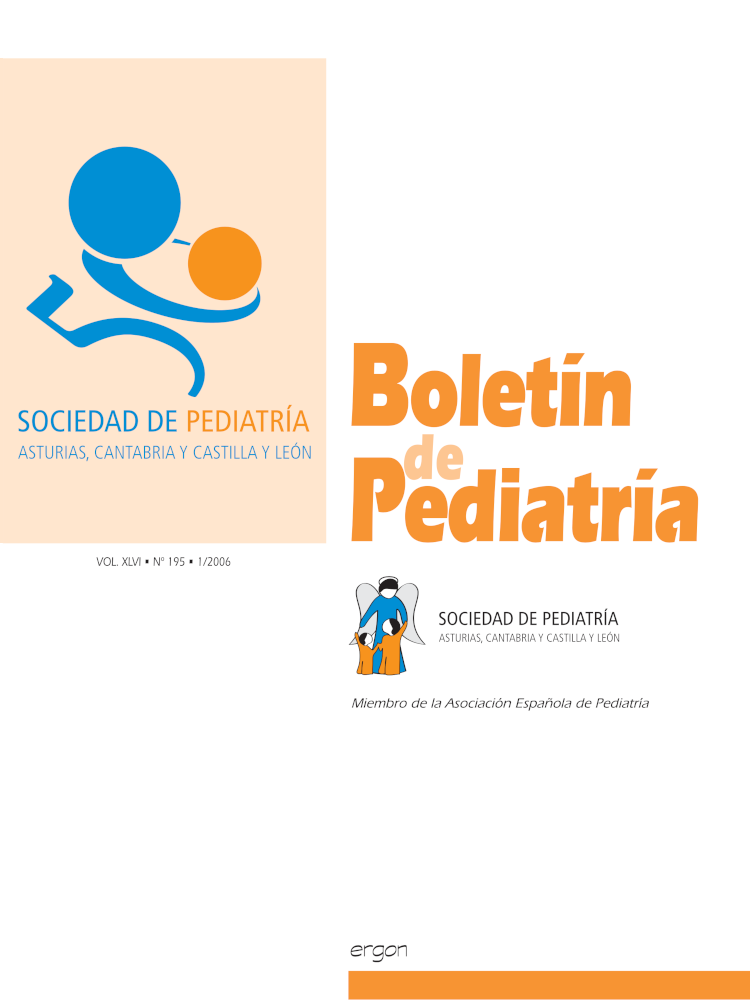Abstract
Objectives: To describe the evolution of the pharyngeal infection by Streptococcus pyogenes in a health area. To value the risk based on the age and on the time of the year, as well as the tendency of antimicrobian resistance.
Methods: descriptive study of 4,773 pharyngeal cultures belonging to pediatric patients (< 15 years), realized from January of 1995 to September of 2005 in the Laboratory of Microbiology of the Hospital Virgen de la Concha of Zamora. Comparison of the percentage of isolations of S. pyogenes by groups of age and month of the year in 745 samples received from primary health care setting in the last two years. Analysis of the tendency of resistance to penicillin, erythromycin and clindamycin of all the isolations.
Results: in total, 4,773 pharyngeal cultures were analyzed, in which 791 strains of S. pyogenes were isolated (16.5%). Of the 745 cultures received from primary care (average age: 5.8 years) from July of 2003, S. pyogenes was isolated in 158 samples (21.2%; 95%CI: 18.2-24.2). The percentage of isolations for the younger than 3 years was 6.8% (younger than 2 years: 1.8%). We did not find differences per months. No strain was resistant to penicillin, whereas 34.2% (95%CI: 30.8-37.6) were to erythromycin and 5.09% (95%CI: 3.4-6.7) to clindamycin. In the last years there is a tendency to the diminution of the resistance to erythromycin (p = 0.042) and to the increase of the resistance to clindamycin (p = 0.0013).
Conclusions: the isolation of S. pyogenes in pharyngeal cultures is little frequent, mainly in younger than 3 years, reason why in this group of age the empirical antibiotic treatment does not seem justifiable, in absence of microbiological confirmation. We have a high percentage of resistance to macrolides of 14 and 15 atoms of carbon, although with tendency to its recovery; this high percentage of resistance continues advising against its empirical use.

This work is licensed under a Creative Commons Attribution-NonCommercial 4.0 International License.
Copyright (c) 2006 Boletín de Pediatría
